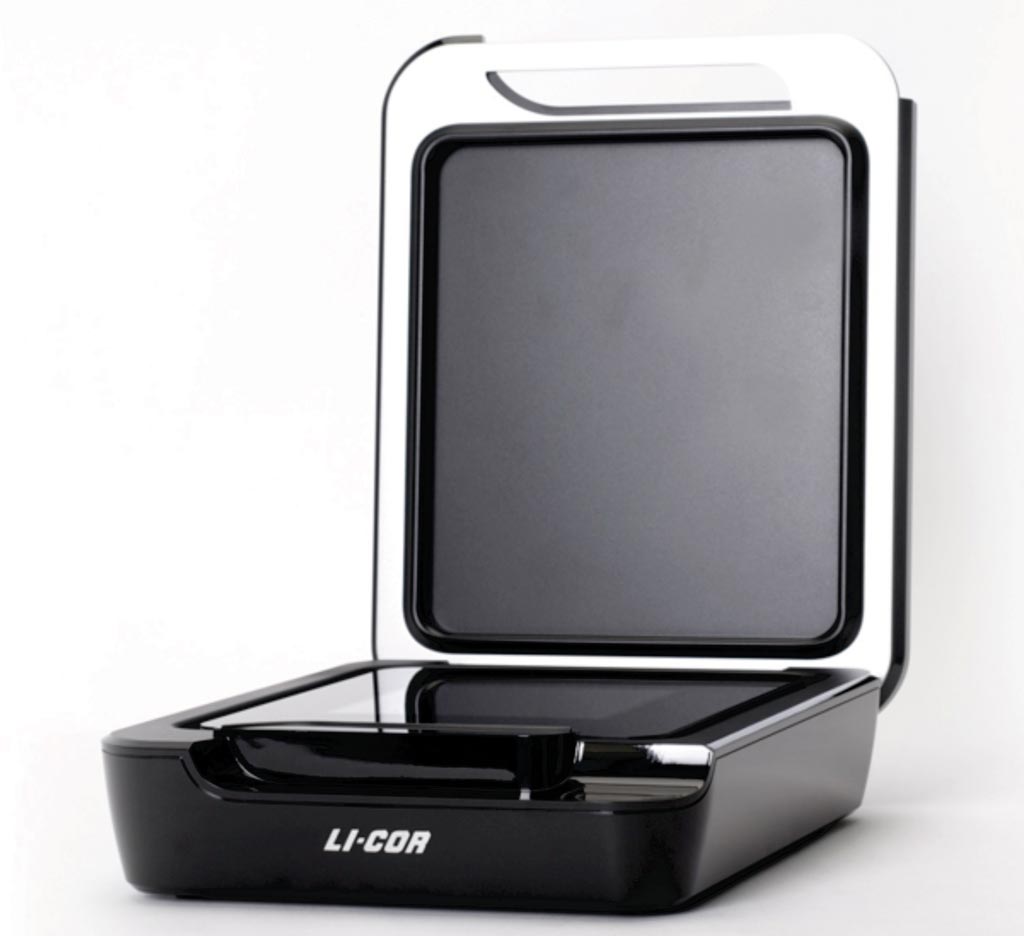Early Biomarker Found for Sepsis-Induced Kidney Injury
By LabMedica International staff writers
Posted on 19 Jan 2017
Sepsis is a worldwide health care problem and a leading cause of death of patients in intensive care unit. On the other hand, acute kidney injury (AKI) is a clinical syndrome of an abrupt renal dysfunction leading to uremic toxins accumulation and several organs dysfunction.Posted on 19 Jan 2017
An early sepsis-induced acute kidney injury (sepsis-AKI) biomarker is currently needed and urinary neutrophil gelatinase-associated lipocalin (uNGAL) is a candidate of sepsis-AKI biomarker. Urinary exosomal activating transcriptional factor 3 (uATF3) has also been mentioned as an interesting biomarker.

Image: The C-DiGit blot scanner (Photo courtesy of Li-Cor BioTech).
Scientists at the Chulalongkorn University collected spot urine samples from 139 patients that were included in study and 79 of these patients were diagnosed with sepsis-AKI implied the importance of AKI in sepsis. Subsequently, all urine samples from patients who underwent the new onset of sepsis-AKI during the first week of admission were analyzed in comparison with 40 sepsis-non-AKI. Of note, there were 17 and 11 patients of sepsis-AKI and non-sepsis-AKI, respectively, transferred to intensive care unit.
Serum creatinine (Scr) and uNGAL were measured by enzyme-linked immunosorbent assay (ELISA) assay and enzymatic based automated analyzer, respectively. Western blot analysis was performed to quantitate urinary exosomal ATF3. For the visualization, the blot was incubated with appropriate horseradish peroxidase-linked secondary antibodies and visualized for the chemiluminescence with SuperSignal and C-DiGit Blot Scanner.
The team reported that the analysis showed higher Scr, uNGAL and uATF3 in patients with sepsis-AKI in comparison with patients with sepsis-non-AKI and healthy volunteers. In sepsis-AKI and sepsis-non-AKI groups, uNGAL were 367 ± 43 ng/mL and 183 ± 23 ng/mL, respectively; and uATF3 were 19 ± 4 ng/mL and 1.4 ± 0.8 ng/mL, respectively. Although both uNGAL and uATF3 correlated with Scr levels, uATF3 provided the better differentiation between sepsis-AKI and sepsis non-AKI.
The authors concluded that they had identified ATF3, a transcriptional factor; in urine exosome as an interesting sepsis-AKI biomarker. Since uATF3 could not be detected in most of the patients with sepsis-non-AKI, the qualitative test of uATF3 might be adequate for detecting sepsis-AKI. In contrast, with the baseline of uNGAL, the debates on the cut-off values of uNGAL for sepsis-AKI are still ongoing. Our results were also a proof of concept that urine exosomes were an interesting source of urine biomarkers. The study was published on January 7, 2017, in the journal BMC Nephrology.














